Acupressure therapy is often used for treating a number of health conditions from mild to moderate. Most doctors say 86% of surgery patients experience some form of postoperative pain, from moderate to severe. The pain you experience depends completely on the type of surgery you undergo. Unsatisfactory pain control can have a severe impact on the patients’ physical activities, prolong recovery time, and may lead to poor quality of life. Pain is said to make postoperative complications worse and one may have to extend the hospital stay and it may take longer for the person to recover. 
Standard Treatment for Postoperative Pain Relief – Heal Points
The standard protocol of dealing with post-operative pain is providing analgesics, which are generally considered safe and effective and offer primary postoperative pain management. However, systemic analgesic administration has its cons too and causes adverse effects such as nausea, depressive symptoms, vomiting, gastrointestinal motility, pruritus, urinary retention, and ileus. AEs can impact your physical and psychological well being and in some cases can even cause death. Significant reduction of analgesics is one way of handling this problem. In such cases, unconventional holistic treatment options such as educational intervention, relaxation, and acupuncture-point stimulation (APS), have proven to be effective. In fact, acupuncture postoperative treatment has provided an alternative method for achieving postoperative pain relief.
Acupuncture is a traditional Chinese medicine (TCM) that works in conjunction with full-body and auricular approaches. In addition to some of the most common manual acupuncture and acupressure, there are other approaches such as electrical acupuncture (EA) or laser stimulation and acupressure massages. According to the practitioners of TCM philosophy, massaging specific acupuncture points and acupressure points can produce positive effects and balance qi circulation in the body.
A Taiwan study published in the Complementary Therapies in Medicine journal has discussed two important acupressure points that have proved to be particularly effective for postoperative pain for gastric cancer patients.
Nausea and vomiting are some of the common symptoms of gastric surgery pain. The researchers carried out an experiment recruiting 60 patients from a surgery center in Taiwan and administered acupressure to one group and a placebo treatment to the other. Continuous treatment administration lasted 3 days in a row and brought about startling results in the group treated with acupressure.
The conclusion of the study included the statement that acupressure is, in fact, a simple and non-invasive safe treatment option and improves the post-operative condition of the patients undergoing surgery for gastric cancer. The acupressure points deserving honorable mention here are the P6 and ST36 points. These points help decrease postoperative pain.
For acupressure treatments, follow-up treatment holds significant importance. Follow up treatments can accelerate the healing speed and bowel function after the 3, 6 and 1-year marks.
For postoperative pain relief, there are various treatments involved such as low and/or high-intensity EA, seed embedding, manual needle acupuncture, acupressure, and plaster therapy.
The stimulation of acupuncture points or acupressure points on the body and/or auricular points are an effective way to provide postoperative pain relief. Some of the most commonly used pressure points include Zusanli (ST36), Hegu (LI4), Sanyinjiao (SP6), and Nei Guan (P6); there are auricular points used in conjunction with Shen Men (TF4) and Stomach (CO4) points.
Acupressure Points for Postoperative Pain
Take a look at some of the simple but effective pressure points for pain used with great effectiveness for the treatment of postoperative pain relief.
1. ST36 :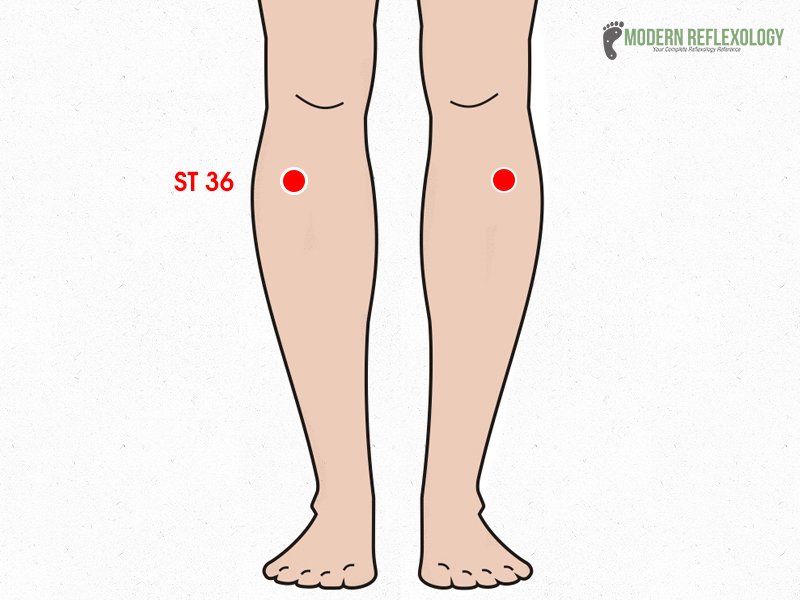
Zu San Li (ST36) is a potent point to treat stress, fatigue, gastrointestinal discomfort, nausea, and vomiting and is one of the more effective acupressure points for postoperative pain. The Zu San Li (ST36) is located four finger widths right down from the bottom of your knee cap, along the outer edge of your shin bone. If you find the right place, a muscle should pop out as you maneuver your foot up and down. Find this point and then apply downward pressure on the muscle, stimulating the position for 4-5 seconds.
2. LI4 :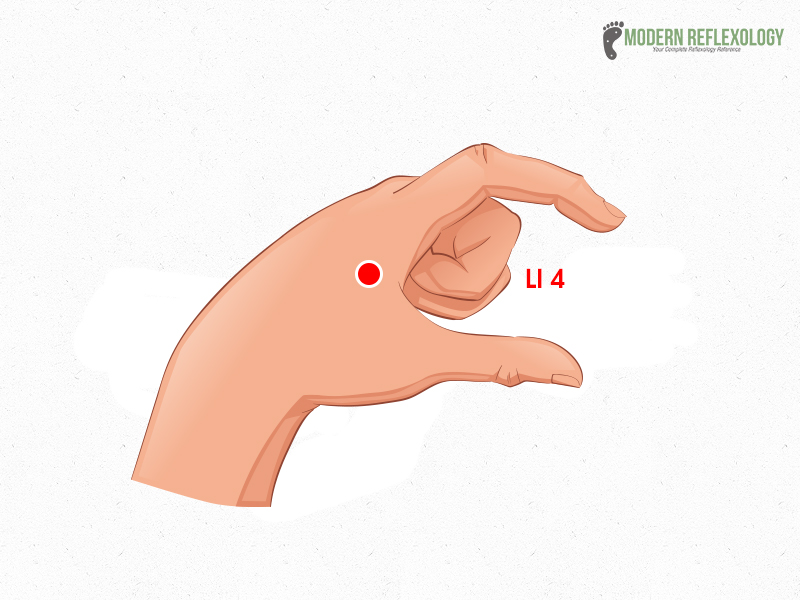
The LI4 point or the Hegu point is clinically used to treat a number of health issues such as stress, headaches, facial pain, toothaches, and neck pain. Locate the He Gu (LI4) point on the highest spot of the muscle when the thumb and index fingers are brought close together. Locate the acupressure point and use deep, firm pressure, all the while massaging and stimulating the area for 4-5 seconds.
3. SP6 :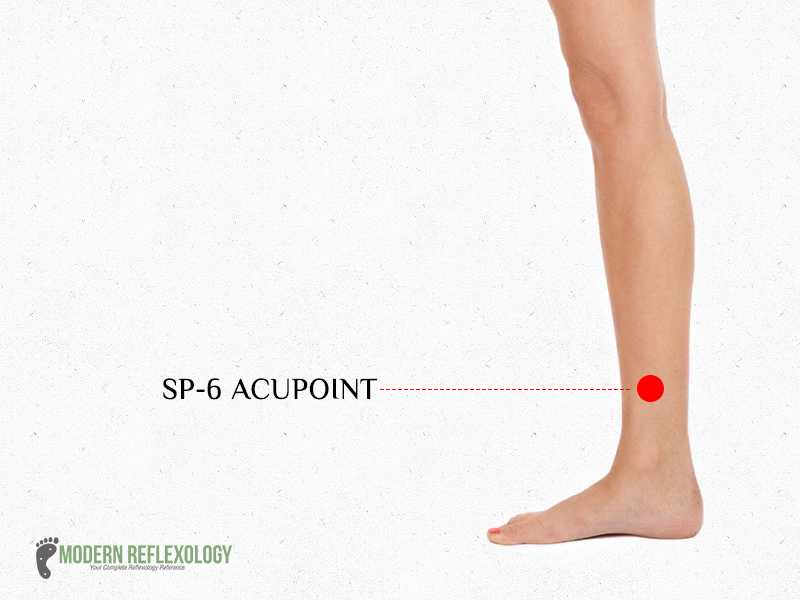
The San Yin Jiao (SP6) point is a great point for treating insomnia, urological and pelvic disorders, and menstrual cramps. San Yin Jiao (SP6) is located right on the inside of your leg, just above your ankle. Locate the highest peak of the ankle then move four finger widths up your leg, apply deep pressure right behind the bone (tibia) and keep on massaging the area for 4-5 seconds. It is to be noted that the San Yin Jiao (SP6) point must not be used during pregnancy as it may induce labor.
4. P6 :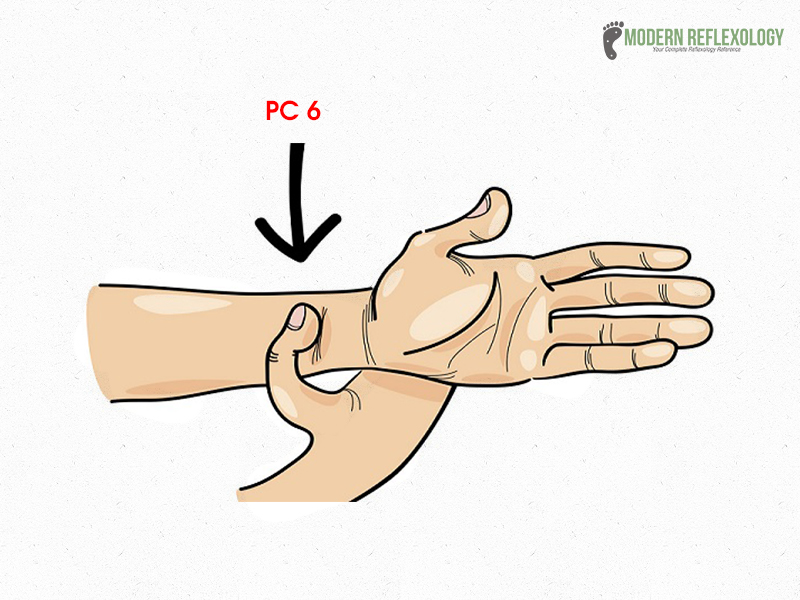
The Nei Guan (P6 or PC6) is a potent point to treat an upset stomach, nausea, motion sickness, carpal tunnel syndrome, and headaches. Locate the Nei Guan (P6) point three finger breadths below the wrist on the inner forearm located between two tendons. Locate the acupressure point as you turn your hands over so the palm is facing up and apply downward pressure between at the median of the two tendons. Keep massaging and stimulating the area for 4-5 seconds.
5. TF4: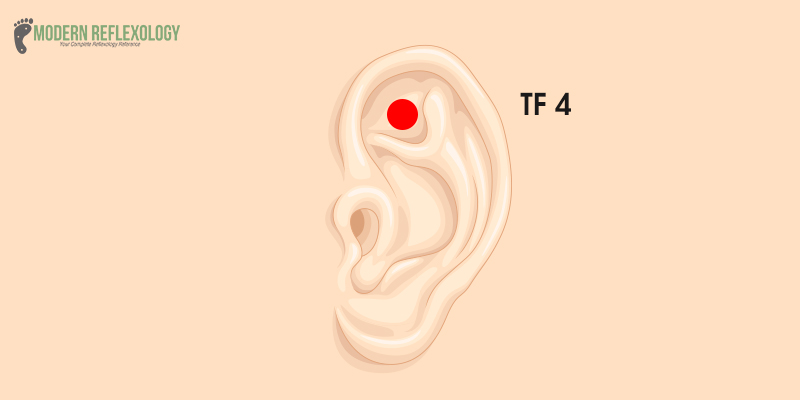
The TF4 point is one of the most commonly used ear acupuncture points and you can locate it near the triangular fossa apex. This is a key point and helps in the vagus nerve distribution. This nerve plays an important role in regulating autonomic nervous system function.
Post-operative healing is slow but steady, instead of popping a pill every time you feel the beginnings of pain, massage that pain points or better still practice acupressure massage as you locate each of the points mentioned here to accelerate the healing process. This is the most holistic way of reducing the pain and nudging your body back to a stable condition.

Comments are closed